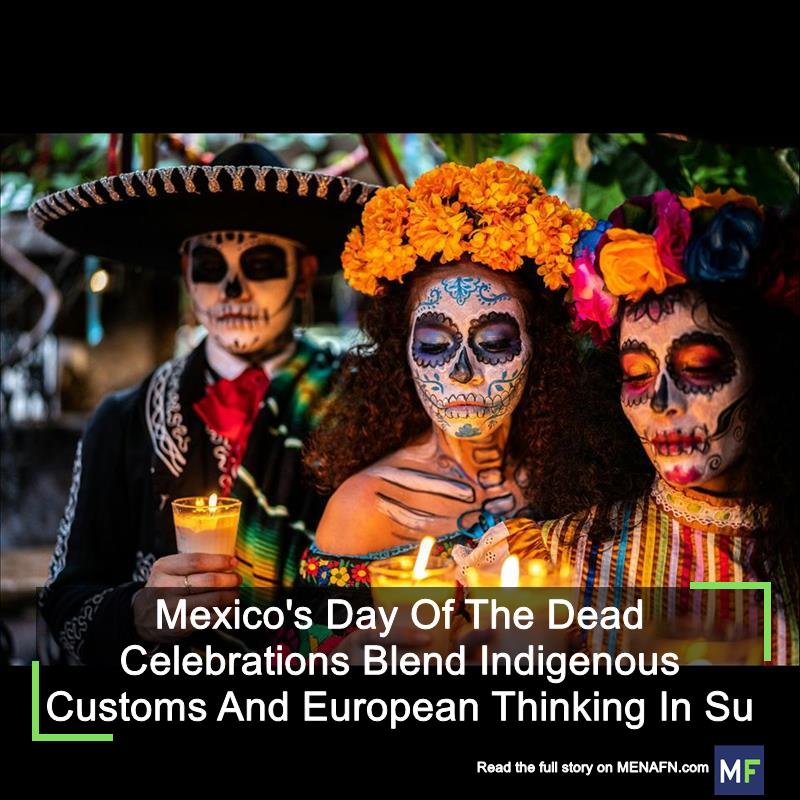( MENAFN - The Conversation) Every year , five hours west of Mexico City on Lake Pátzcuaro in Michoacán, residents flock to the island of Janitzio to visit the graves of their departed relatives. On the evening of Nov. 1, the Noche de animas, or Night of the Souls in Purgatory, families will bring a meal to share with their ancestors.
They will also use the time to clean the graves and decorate them with elaborate displays of candles and marigolds. Some will spend the night sleeping among the tombstones. In Mexico City , parades will feature people in colorful customs with large skull masks while skull-shaped floats move through the streets to the rhythm of Aztec drums.
Marigolds, skull-painted faces and swishing skirts will fill the downtown from the main square of the Zócalo to Bellas Artes, the Palace of Fine Arts. This vibrant scene reflects the blending of Indigenous, European and specifically Mexican customs that define Day of the Dead celebrations today. As a scholar of colonial Mexico , I study how Indigenous people have maintained their traditions despite the Spanish invasion.
Whereas scholars once thought that these cultures simply blended – a phenomenon called syncretism – researchers today understand more about how Indigenous people intentionally deliberated about which of their own traditions to continue, and how. Celebrations for the dead had an important place in Indigenous cultures before the Spanish came. But, as historian James Lockhart explained, .


















